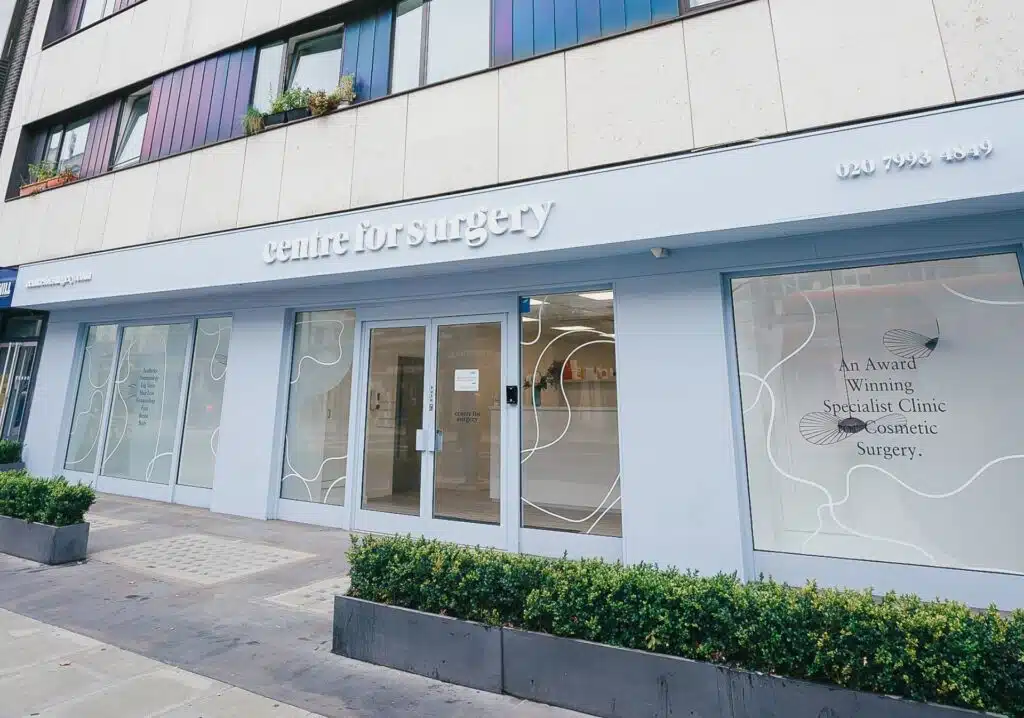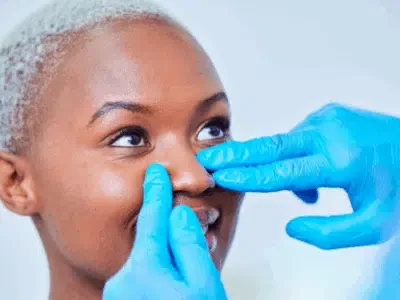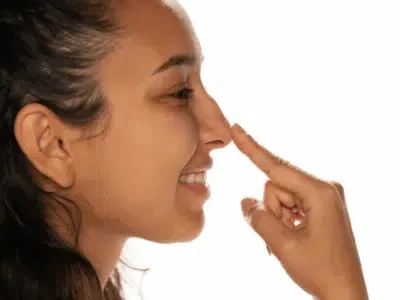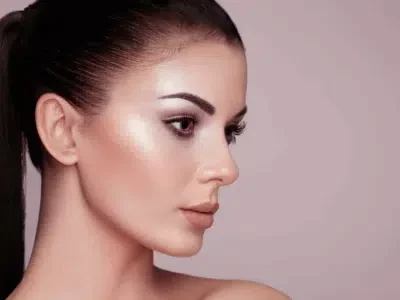What Age Can You Get Rhinoplasty?
Deciding on the right time for rhinoplasty, also known as a nose job, sparks a lot of debates. Your facial growth must be complete before considering this surgery. While the idea of getting rhinoplasty at a young age might be appealing to some, especially those under 18 facing significant nasal issues or experiencing a negative impact on their life due to their nose’s appearance, it’s generally advised to wait until your face has fully matured.
Determining whether you’ve finished growing varies between females and males. For females, a key indicator is the timing of your first menstrual cycle and whether you’ve been menstruating for at least a year. This usually means your facial structure has reached its final form. Males, on the other hand, can gauge their growth by their shoe size. If your shoe size hasn’t changed for about a year, you’ve likely stopped growing, making you a candidate for the procedure.
At Centre for Surgery, we believe in ensuring our patients make informed decisions about surgery with long-term satisfaction in mind. This is why we recommend that individuals wait until they are 18 or older before undergoing rhinoplasty. Our experienced surgeons are committed to providing safe and effective treatments, prioritising your health and well-being above all.
Can I get a nose job at 16?
At 16, many young people are eager to make changes to their appearance, including altering the shape or size of their nose. While it’s true that most individuals have completed their growth spurt by this age, there remains a possibility for further development up to and around 18 years of age.
A detailed discussion about your growth history is essential to assess whether you’re a suitable candidate for rhinoplasty at 16. Questions such as whether you’ve recently needed larger shoe sizes or if your height has remained constant for a while are crucial. These indicators help surgeons understand whether your body, and importantly, your face, has stopped growing.
It’s particularly important for girls to note that facial growth may not be complete by age 16. Because a mature facial structure is crucial for the best outcomes in rhinoplasty, proceeding with surgery at this age might not be advisable. Ensuring that the face has fully developed avoids the risk of having a nose that doesn’t harmoniously fit the facial features later on.
At Centre for Surgery, we are committed to providing care that aligns with our patients’ best interests and safety. Therefore, we only offer consultations and consider surgery for individuals over the age of 18, with a cautious approach towards younger patients. This policy ensures that any decision made is well-informed and considers the long-term satisfaction and well-being of our patients.
What is the ideal age to get a nose job?
When considering the ideal time for a nose job, or rhinoplasty, aligning the surgery with significant life changes can be particularly opportune. Many individuals choose to undergo this procedure as they transition between major life stages, such as moving from school to university or embarking on their first career move. These moments often involve relocating and meeting new people, making any changes to your appearance less noticeable to your existing social circles.
These transitional periods typically afford more downtime, away from the commitments of school sports teams or social activities. This provides the perfect opportunity for recovery, without the pressure to quickly return to high-energy or high-visibility commitments. Having this time to heal not only ensures a better recovery but also allows you to step into the next chapter of your life with renewed confidence and self-assurance.
Will my nose continue to grow after rhinoplasty?
Understanding the long-term changes in your nose after rhinoplasty is essential. The ageing process naturally affects the nose, with the ligaments between cartilages becoming looser over time. This leads to the nose appearing larger, drooping, or the tip tilting downwards as years go by. It’s important to note that undergoing rhinoplasty doesn’t halt these changes. The natural ageing of the nose continues, even after surgical intervention.
For younger patients who opt for rhinoplasty, there’s an uncertainty about whether their nose will continue to develop. Certain surgical techniques may potentially interfere with the growth plates in the nose, which could stop further growth. This is a crucial consideration because if the rest of the face continues to mature while the nose does not, it might result in a disproportionate appearance, with the nose seeming too small for the face. This highlights why specialists recommend waiting until both the nose and face have fully developed before considering rhinoplasty.










